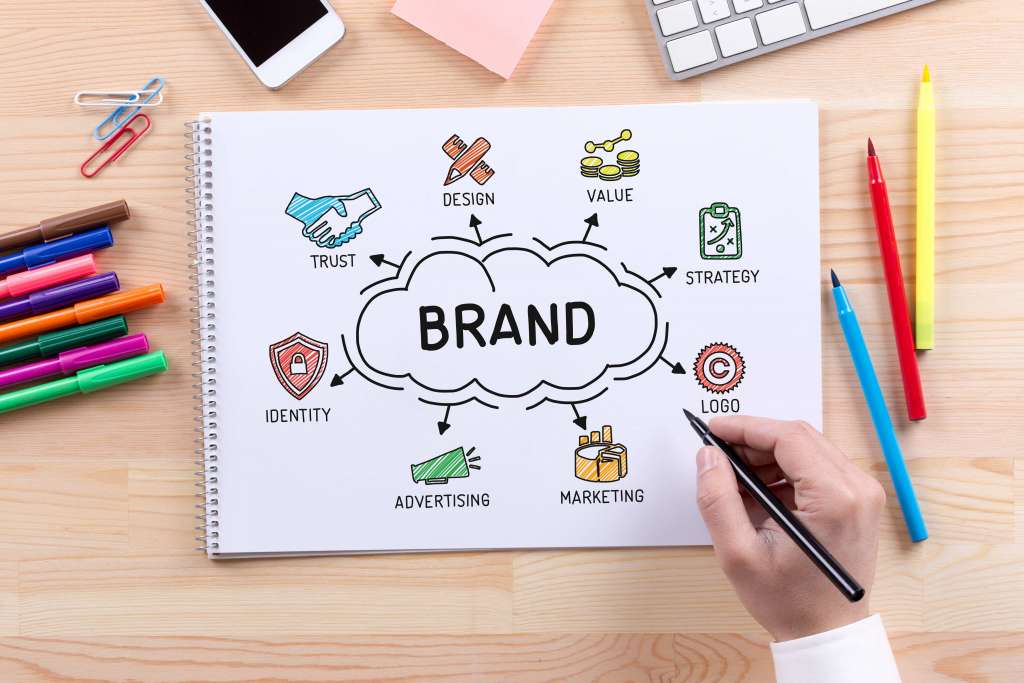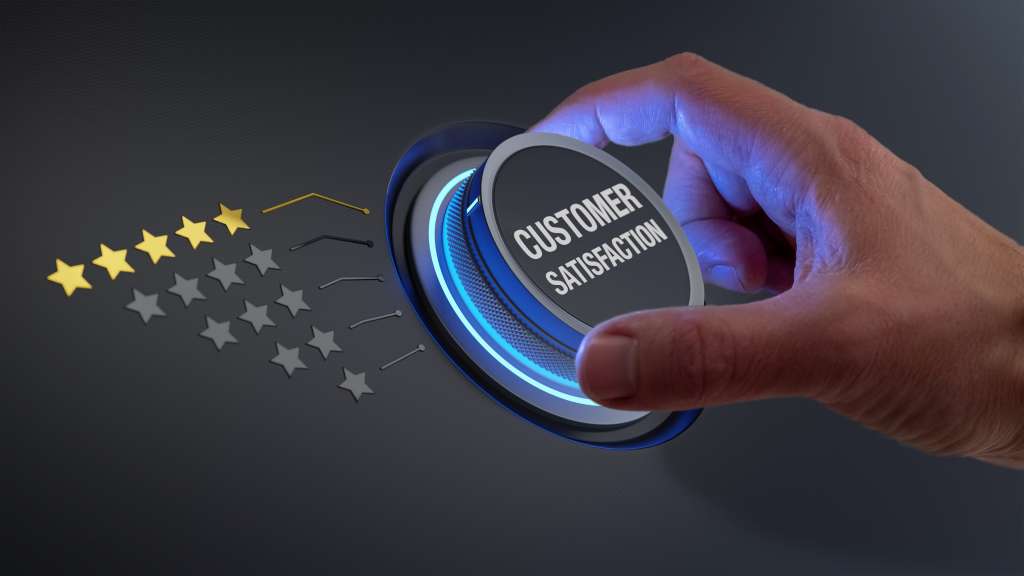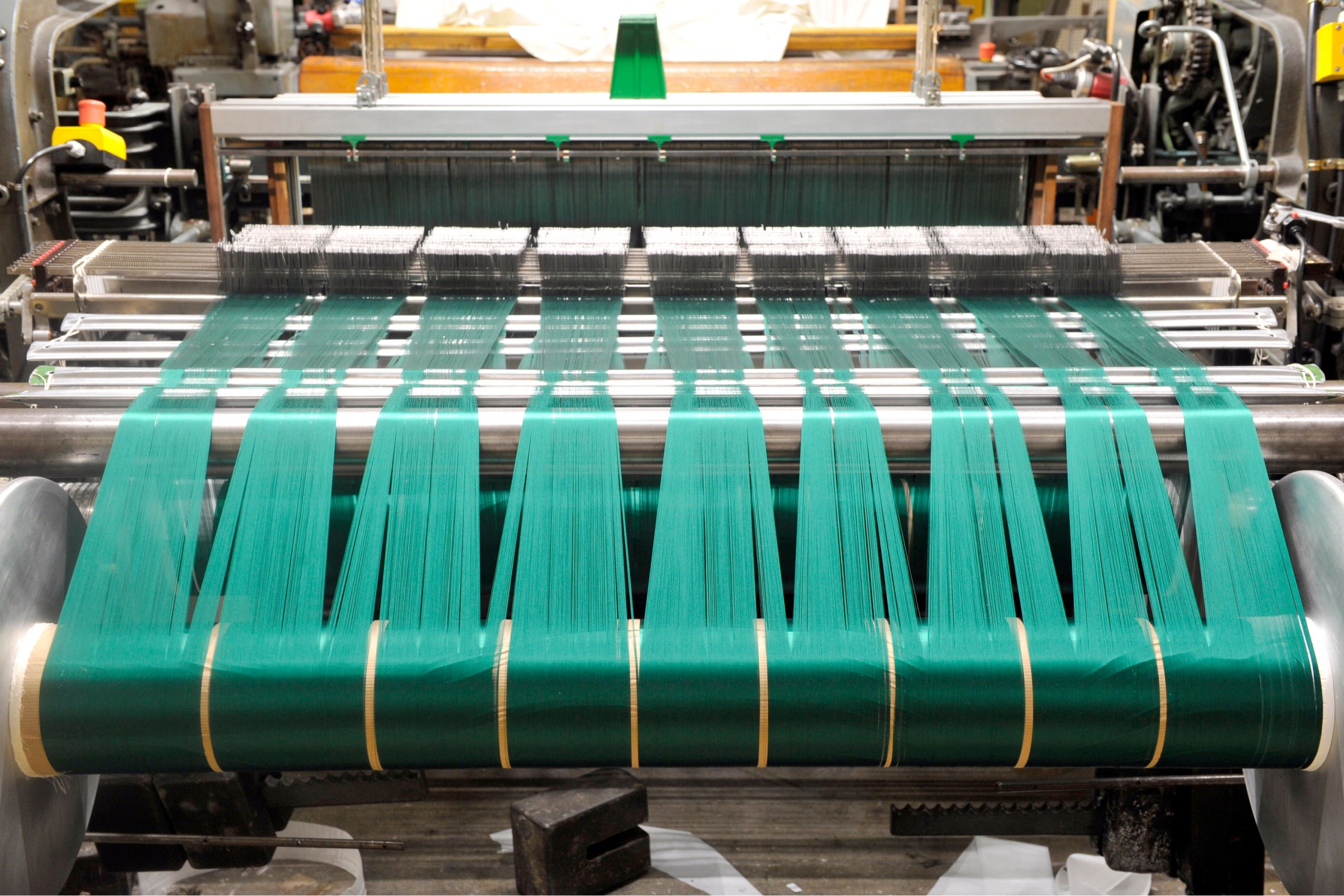The Fashion Business Manual: How to Succeed in the Fashion Industry



Summary: The COVID-19 pandemic has transformed the fashion business completely. This change has accelerated the demand for purchasing via e-commerce. In turn, such a change in demand has enabled efficiency, and new ways to scale up business and innovation. Customer engagement, participation, and satisfaction will be deciding factors for the success of the business.
In the past few decades, on one hand, the quantity of clothes the fashion industry is producing is growing by leaps and bounds. While on the other hand, profits are dwindling and the environmental footprint is increasing.
As per Euromonitor and McKinsey's separate reports, before the COVID-19 pandemic, the fashion industry’s overall global revenue was believed to be approximately $1.7 trillion and $2.5 trillion respectively. However, due to ever-dropping prices and revenues lost on account of inventory costs, out-of-stocks, and returns – the world’s major apparel retailers faced an average 40% decrease in profits between 2016 and 2019.
Fashion business manuals have also changed their narratives accordingly. Nonetheless, the fashion business is dynamic and never stops moving. To be successful and profitable, brands and retailers need to continue to be on top of these changes.
The foremost key to being successful in the fashion industry is by building reliability and brand appeal which meets customers’ appreciation. You must have a competitive and strategic distinguisher that will deliver a personalized and exclusive feel to each shopper.
The pandemic has transformed the world’s perception of fashion. Brick-and-mortar stores were shut down (some never to re-open) during the pandemic. This has had a deep influence on the fashion industry, where loyalty in particular brands was controlled by physically paying visits to the stores. And by feeling the texture, quality, touch, and fit of the articles. This is almost history now.
This change has accelerated the demand for purchasing via e-commerce. In the fast-changing world of fashion, the question for retailers and brands now is how to stay pertinent. Customer engagement, participation, and satisfaction will be deciding factors for the success of the business.
Now as per the new fashion business manual, here are a few tips that will help you to accomplish this success.
1. Branding

Think of brands like Van Heusen, Victoria’s Secret, or Ralph Lauren. One thing common about all the top brands in the fashion industry is that they have maintained the look of their brand like an insignia over the years. Across their social media account, clothing lines, marketing collaterals, and print advertisements — all of them have a consistent and outstanding brand. That’s how they establish themselves in customers’ memories.
Indeed, creating a need in consumers to wear the most fashionable or own classiest clothing is a significant part of fashion marketing. And creating such a need will only be possible with an aggressive and clear branding strategy. Your brand should be able to create a meaningful connection with your customers and depict values.
2. Social Media Marketing

For fashion brands, social media commerce opens up a completely new avenue for marketing. But that’s not the only reason for retail brands to be there. It can benefit the brands in every area of the sales funnel.
Social media commerce for fashion businesses works almost like advertising in print media. It may not directly start adding revenue but rather can enhance your brand’s reputation and increase awareness. There are plenty of benefits that a fashion brand can gain from marketing on social media. Some of them are:
- Enhanced brand awareness
- Stronger brand loyalty
- Increased influx of visitors to the website
- Thought-leadership
- Improved conversion rates
- Better customer service
- Improved revenue figures
3. Customer satisfaction from the returns policy

Positive customer experience in retail is extremely important. Positive customer experience is exceeding customers’ expectations for satisfaction. A satisfied customer is more likely to buy again willingly. Whether physically or during their visit to the e-commerce site, good customer experiences will make them spread positive word of mouth or write good reviews about you.
However, a customer can return a product for a variety of reasons. The most significant of these reasons is because of variance in — the expectation while shopping online and the actuality while receiving the product. The return rate for online retail fashion businesses is estimated to be 50 percent.
So, you as a fashion entrepreneur must look at finding suitable solutions to lessen or avoid returns during the entire purchasing process. In a survey in 2019, UPS found that for 73 percent of customers, the overall returns experience is important because their decision to buy again from the same retailer depends on this experience.
Also, 68 percent of customers feel that the experience influences their overall opinion about the brand. Product returns can come about through a variety of reasons, but mostly it is due to a contrast in the expectations (while purchasing online) and actuality (when getting the product delivered).
These expectations of how satisfied a customer is with a product are largely determined by whether the product is the correct article and the correct fit.
Key Takeaways:
- The fashion business is a big deal. From celebrities and luminaries walking the red carpet in their stunning glittering outfits to the home-loving mom pampering herself with a Gucci bag, fashion is Omni-present.
- But taking a plunge into the widespread fashion industry can be complicated, to say the least. And if you want to make a fortune, you need to know every finer nuance of this business. And that is far more than what any fashion business manual can advise you.



















